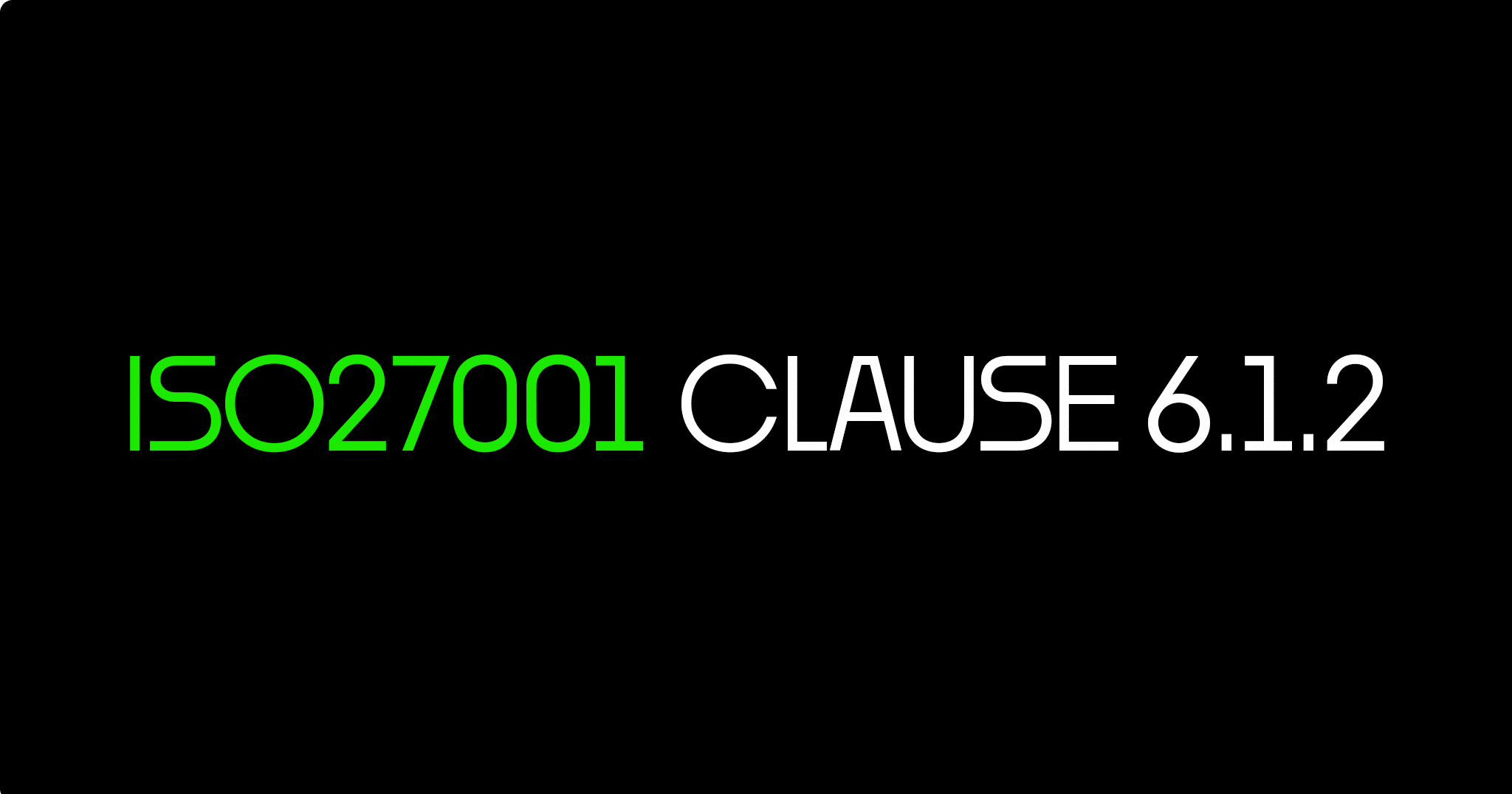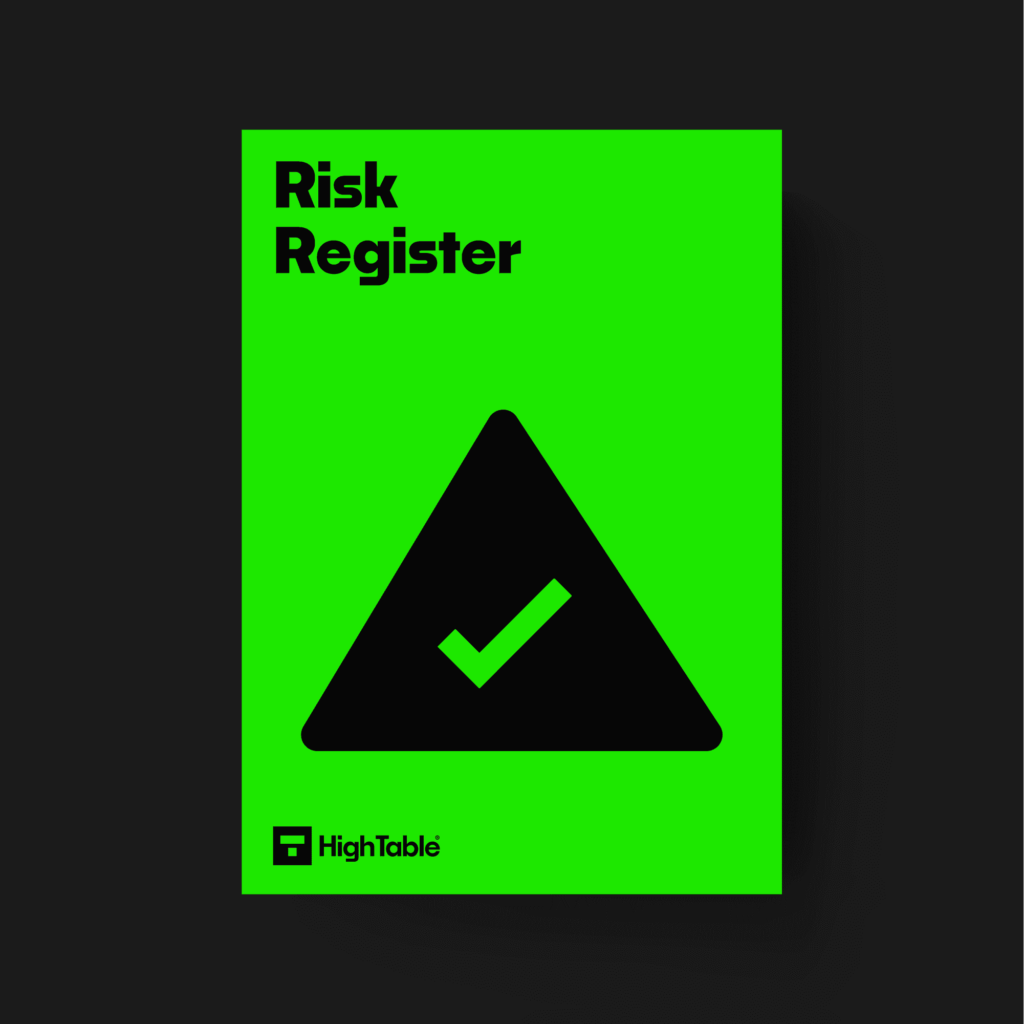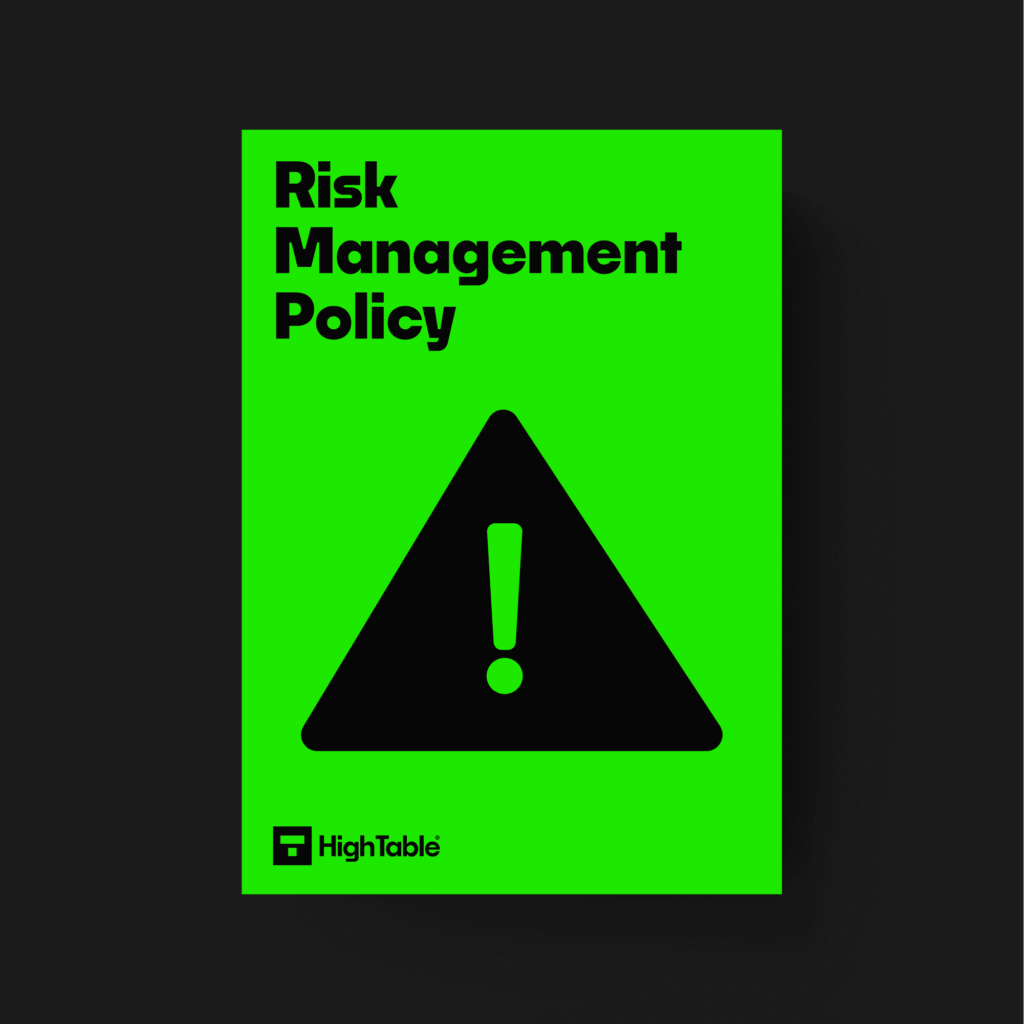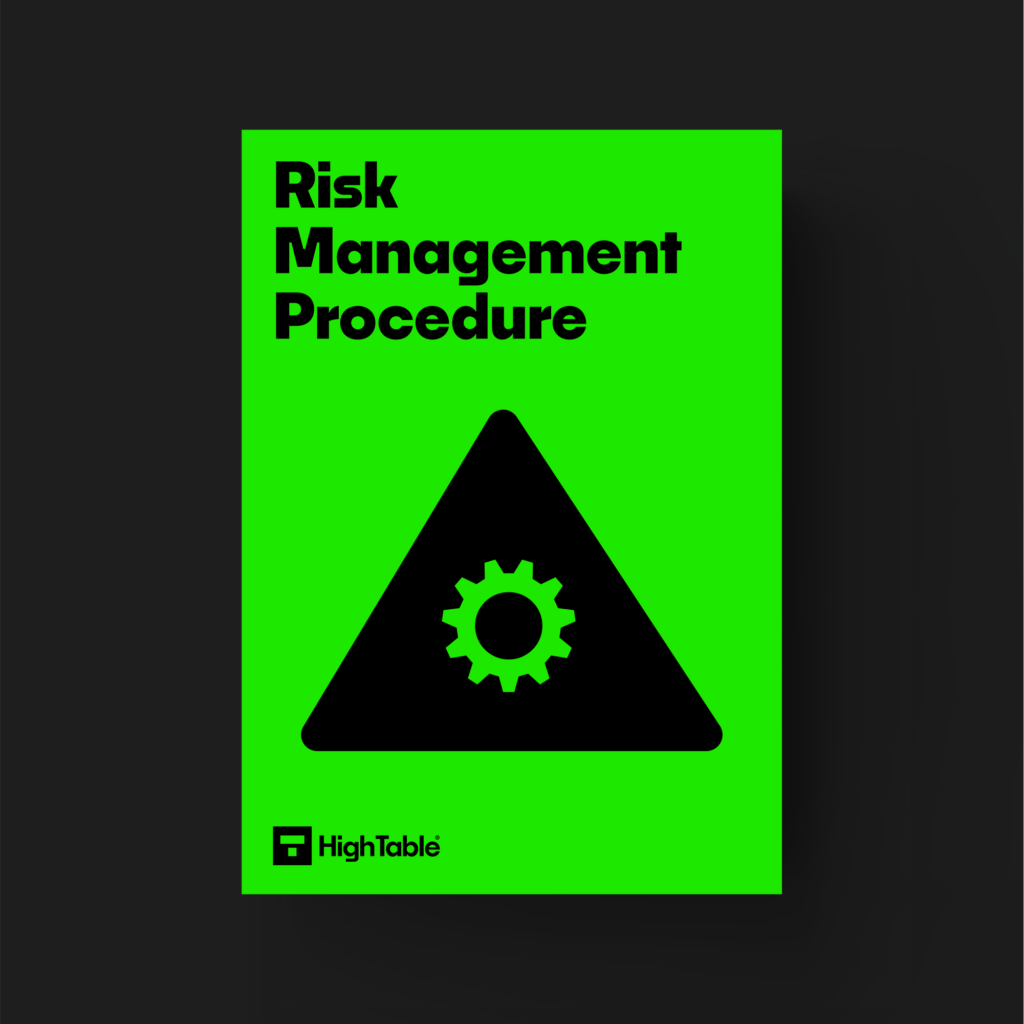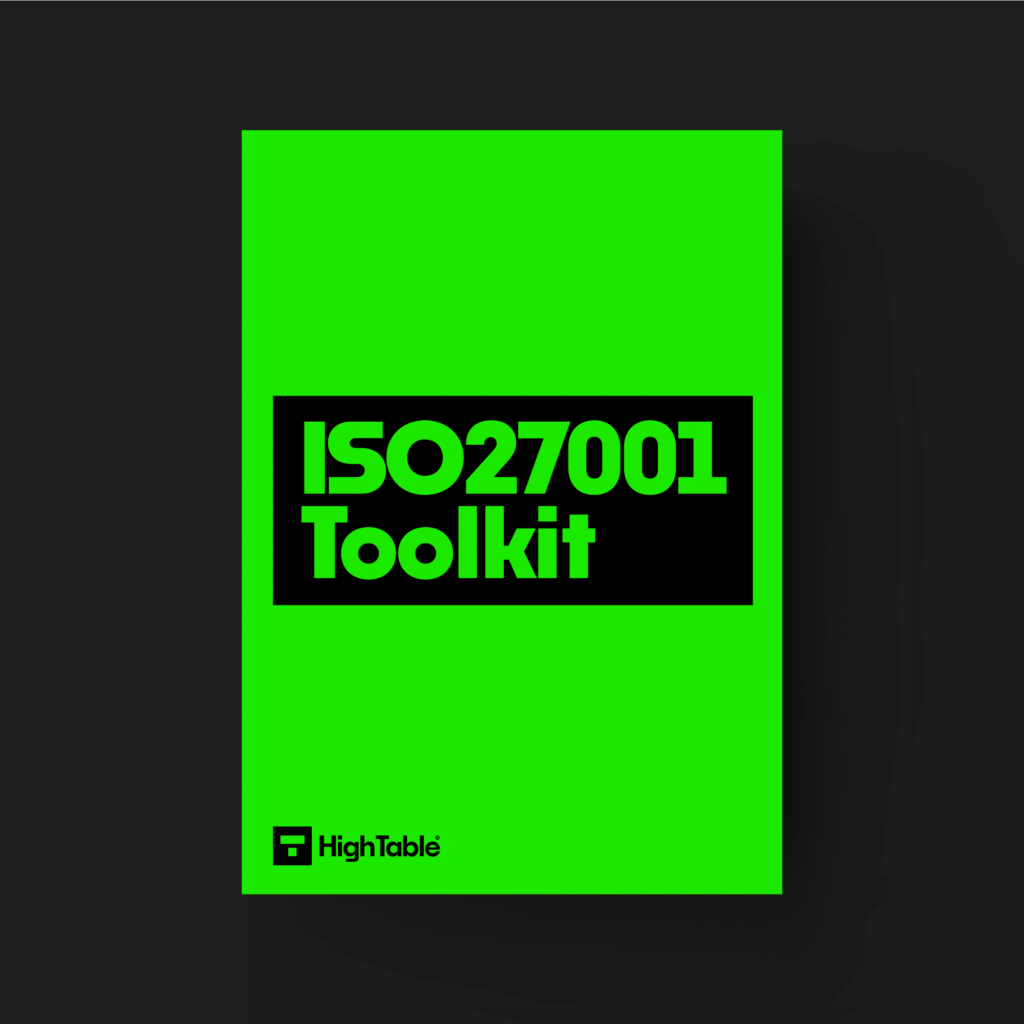Table of contents
ISO 27001 Information Security Risk Assessment
In this article I lay bare ISO 27001 Clause 6.1.2 Information Security Risk Assessment.
Using over two decades of experience on hundreds of ISO 27001 audits and ISO 27001 certifications I am going to show you what’s new, give you templates, show you examples and do a walkthrough.
In this ISO 27001 certification guide I show you exactly what changed in the ISO 27001:2022 update.
I am Stuart Barker the ISO 27001 Ninja and this is ISO 27001 Clause 6.1.2
What is ISO 27001 Clause 6.1.2 Information Security Risk Assessment?
The ISO 27001 standard requires an organisation to establish and maintain information security risk assessment processes that include the risk acceptance and assessment criteria.
This clause is all about risk assessment. The ISO 27001 standard for ISO 27001 certification wants you define and implement a risk assessment process.
That risk assessment process has to set out risk criteria which are the parameters of your risk management.
What are the ISO 27001:2022 Changes to Clause 6.1.2?
There are no changes to ISO 27001 Clause 6.1.2 in the 2022 update.
ISO 27001 Clause 6.1.2 Implementation Guide
Risk acceptance criteria
You will set out what your risk acceptance criteria is. This is straightforward, and is a definition under what circumstances you will accept risks. This can also be very straightforward, and the easiest way is to implement risk scoring and set a particular score at which you will accept risk. Of course, you will also have the ability to override this structured approach to risk acceptance. Usually this is done by allowing the Management Review Team or the Senior Management Team to accept risks.
Criteria for performing information security risk assessments
The circumstances in which you perform a risk assessment will be defined and documented. You will perform a complete risk assessment at least annually or when significant change occurs. In addition, risk assessments will form part of your supplier onboarding process, your change management processes and potentially other areas of your business.
Consistent Risk Assessment
Under the standard you are to ‘ensure that repeated information security risk assessments produce consistent, valid and comparable results;’. This is straightforward to do by writing and documenting your risk management process, implementing a risk register and having consistent and effective risk scoring. By ensuring the process is in place and can be easily followed, with strict definitions and scoring the process will produce consistent results.
Risk Identification
Risk identification can often be confusing if you are not used to it. There is a usual approach to over complicate matters. This leads to a complicated risk framework with a risk register overpopulated with risks which can easily become unwieldy and unmanageable.
We must bear in mind that risk identification only applies to the in-scope products and services. The thing that we are going for ISO 27001 certification for. There is a benefit to widen the risk management coverage, but the standard only applies to what is in scope.
In addition, we are only concerned for ISO 27001 certification with risks associated with the loss of confidentiality, integrity and availability for information.
Identify Risk Owners
Risk owners must be identified. It is expected that risks are assigned to individuals and not to teams. This ensures accountability and true ownership. It is acceptable to assign risk ownership to roles rather than named individuals but assigning them to teams should be avoided.
Analyse the information security risks
Once identified and assigned to owners’ risks will be analysed.
- assess the potential consequences that would result if the risks identified in 6.1.2c) were to materialise
- assess the realistic likelihood of the occurrence of the risks identified in 6.1.2 c)
- determine the levels of risk
Evaluate the information security risks
Once we have the risks, we are going to analyse the information security risks to compare the results of risk analysis with the risk criteria established and prioritise the analysed risks for risk treatment.
ISO 27001 Templates
ISO 27001 templates are a great way to fast track your implementation and leverage industry best practice.
These individual templates help meet the specific requirements of ISO 27001 clause 6.1.2.
DO IT YOURSELF ISO 27001
All the templates, tools, support and knowledge you need to do it yourself.
ISO 27001 Clause 6.1.2 FAQ
The ISO 27001 standard requires an organisation to establish and maintain information security risk assessment processes that include the risk acceptance and assessment criteria.
You can download Clause 6.1.2 Information security risk assessment templates in the ISO 27001 Toolkit.
An example of Clause 6.1.2 Information security risk assessment can be found in the ISO 27001 Toolkit.
Yes. A complete guide to the ISO 27001 Clause 6.1.2 risk register can be found here.
A guide to the ISO 27001 risk management policy used by ISO 27001 Clause 6.1.2 is located here.

